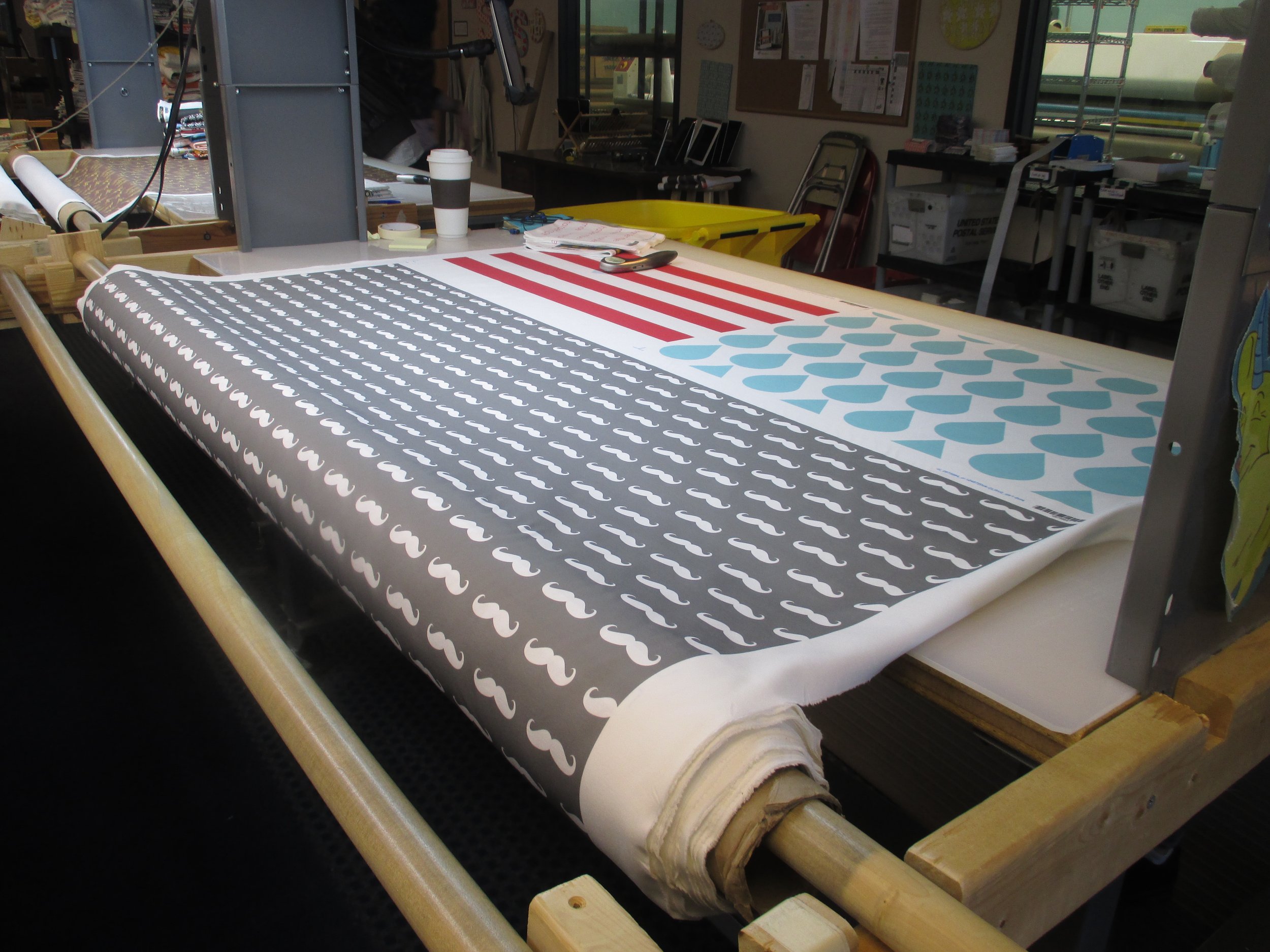Fashion Technology for the Classroom
New technologies are reshaping the landscape of the fashion industry from design and production to marketing and retail. The tech explosion continues to move at a rate that is difficult and somewhat impossible for secondary fashion programs to keep pace with. I have encountered many roadblocks as a fashion educator when trying to get industry recognized technologies into my students hands. Over the past several years I have met with business and academic professionals to discuss the importance of equipping students with the tech skills needed for careers within the fashion industry. Career and Technical education programs should expose students to the technical skills and competencies to prepare them for career and college readiness. In my state, we are simply falling behind as in many states across the US. I have tried to secure funding for new innovative approaches to bring technology to my classroom but have been faced with the reality of budget constraints, inadequate training and simply getting tech approved for student and classroom use.
The advice I have received in regards to technology needed for a fashion program in a high school setting includes: industry grade sewing equipment, adobe creative suite such as illustrator and photoshop to create fashion flats, patterns, line sheets, logo ideation and technical packs, digital printers for patterns and fabrication, 3D printers, 3D CAD for prototyping and pattern making, and e-textiles.
Fashion brands are also experiencing increased pressure to move towards more sustainable approaches within the fashion supply chain; brands have been forced to transition to digital commerce or simply perish. This digital shift has resulted in a plethora of innovative ideas to change the way we design, produce, and purchase clothing. Digital methods are rapidly changing the fashion game. Companies such as More Dash, have pushed the boundaries of apparel design into the digital realm. Creating fashion for Instagram and social media posts to reduce the amount of clothing consumed by bloggers and Influencers. It is an interesting and innovative business model while being sustainable.
To be competitive and competent in the skills needed, students will need to have an understanding of 3D digital design and garment engineering. 3D Body scanning helps students to visualize and gather data points around the body. Companies such as TC2 lead the fashion industry into digitizing body measurements. Body scanning uses lasers to retrieve data points around the body which has impacted fit. Brands are using the technology to hone in on their ideal customer’s body shapes as well as to provide customization for clients. Garment construction knowledge is a critical skill needed to be able to interpret fashion sketches into a design that works on a physical body.
As an educator in a public comprehensive high school in North Carolina, I continue to navigate the roadblocks with perseverance and creativity. Exposing students to technology whether it is through field or classroom experiences is my priority. Here is a list of resources to help get your fashion program moving forward. Adobe Creative Suite, 3D printers, consider adding at least a couple of industry sewing machines, embroidery machines, plotter printer for digital patterns, ink jet printers for custom textile prints and laser printers for 3D prototyping. If budget is not an option, try adding body scanning technology, and 3D CAD design programs such as Browzwear and CLO 3D.
Our programs need to evolve to allow students the opportunity to experiment and innovate through design, engineering and marketing apparel products. Training and experience using advanced fashion technology, tools, and equipment will help to prepare students for a fast-paced, ever-changing, technology driven future.







